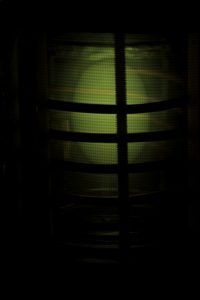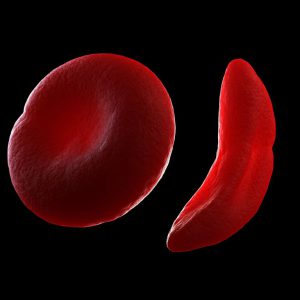
Zafar in lab working on his experimental setup.
This week we spoke with Abdullah Zafar, whose work focuses on diagnostics of plasma. Zafar discusses how optical spectroscopy can be used to study plasma effects and dynamics, which leads to a more robust understanding of plasma. There is some very interesting and cutting edge engineering at play in Zafar’s work, allowing him to attain extremely high resolution high accuracy spectroscopic results of scans of a plasma field in only two dimensions. Further, we discuss current and future plasma applications, graduate school, and Zafar shares words of advice for those considering or in the early stages of their research career.
References and Resources for this episode:



 [Rothko, Green in Blue: http://artmuseum.arizona.edu/events/event/art-lab-presents]
[Rothko, Green in Blue: http://artmuseum.arizona.edu/events/event/art-lab-presents]
 (Dr. Zach Newman, Dissertation)
(Dr. Zach Newman, Dissertation)
